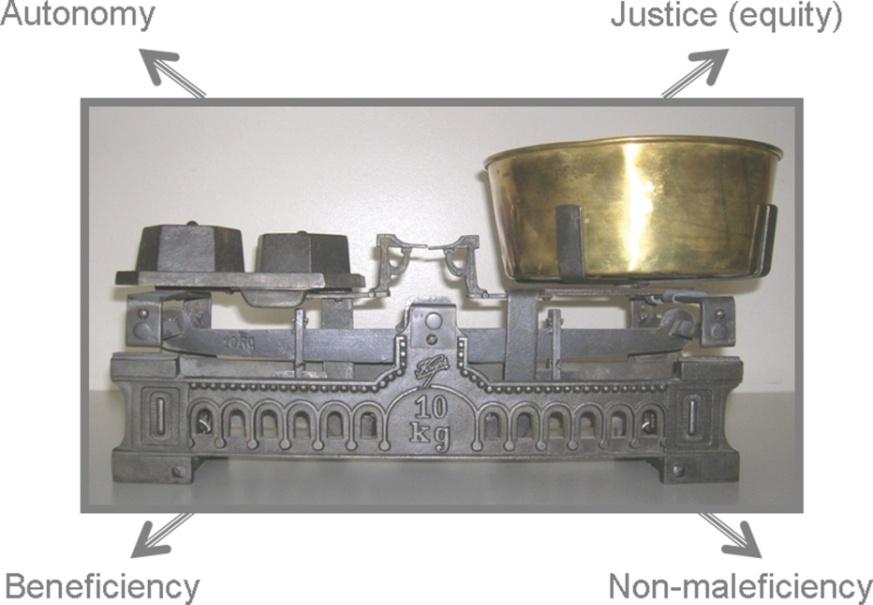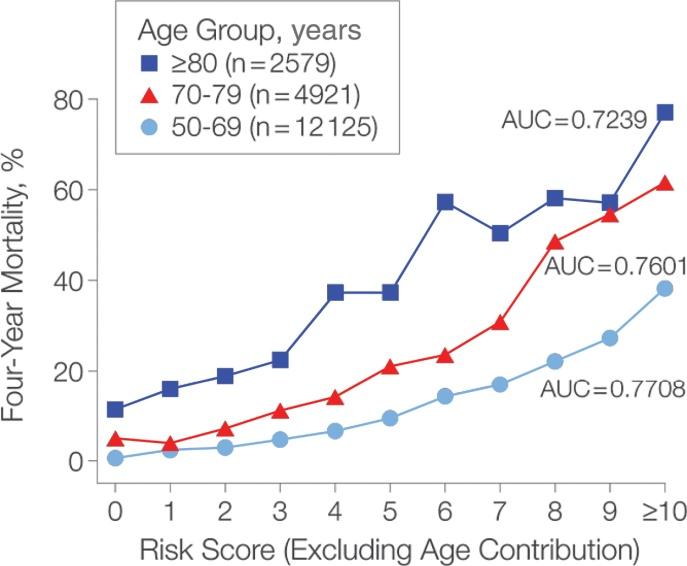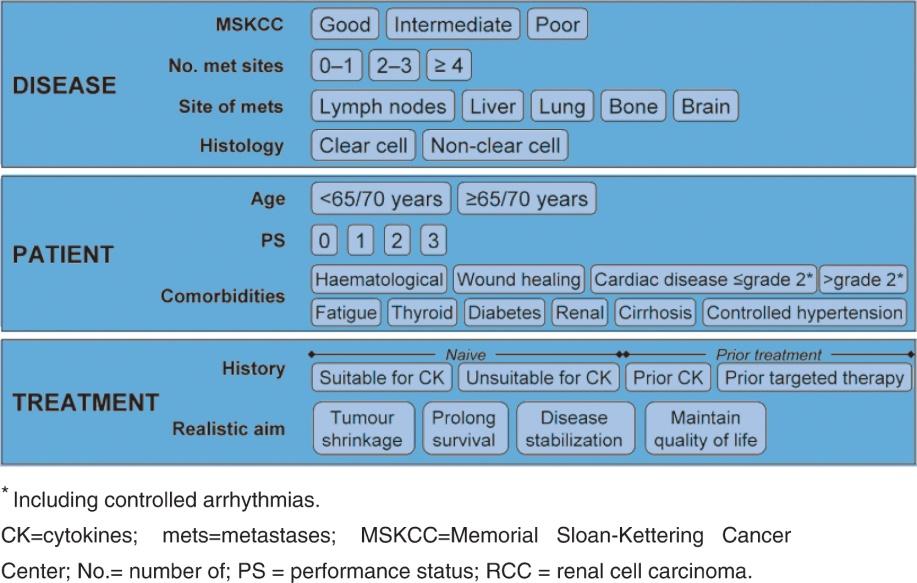
2 minute read
Further Reading
underscores the central role of TKIs as standard first-line treatment in senior CML patients. • Low risk PV patients should be managed with low-dose aspirin and if necessary phlebotomy (target haematocrit <45%). Special precautions for aspirin should be taken in the case of patients with greater bleeding risk or allergies. Cytoreductive therapy should be considered as an option for high-risk PV patients. Hydroxyurea and
Interferon-alpha are the preferred agents and should be administered to maintain a platelet count of less than 450 x 109/L. Of note, interferon-alpha is the only known compound so far that includes a significant reduction of the JAK2 V617F allelic burden, and may be of particular interest for fit elderly individuals. If treatment with hydroxyurea is not appropriate, ruxolitinib is now approved, especially in patients with high symptom burden and/or splenomegaly. • All seniors with WHO-ET are at risk for thrombotic events and should be treated with anagrelide or hydroxyurea and low-dose aspirin. • Only very few selected and fit senior MF patients qualify for allogeneic stem cell transplantation, which is the only curative approach. Ruxolitinib is the standard for most symptomatic elderly MF patients. In the hyperproliferative phase, hydroxyurea can reduce thrombocytosis-associated vascular events. When haematopoiesis becomes insufficient, supplementation of blood products, erythropoietin, or androgens can be applied to stabilise haematopoiesis.
Advertisement
• Breccia M, Luciano L, Latagliata R et al. Age influences initial dose and compliance to imatinib in chronic myeloid leukemia elderly patients but concomitant comorbidities appear to influence overall and event-free survival. Leuk Res. 2014;38:1173-1176. • Castagnetti F, Gugliotta G, Baccarani M et al. Differences among young adults, adults and elderly chronic myeloid leukemia patients. Ann Oncol 2015;26:185-192. • Geyer HL, Mesa RA. Therapy for myeloproliferative neoplasms: when, which agent, and how? Blood. 2014;124:3529-3537. • Proetel U, Pletsch N, Lauseker M, et al. Older patients with chronic myeloid leukemia (≥65 years) profit more from higher imatinib doses than younger patients: a subanalysis of the randomized CML-Study IV. Ann Hemato 2014;93:1167-1176. • Sánchez-Guijo FM, Durán S, Galende J et al. Evaluation of tolerability and efficacy of imatinib mesylate in elderly patients with chronic phase CML: ELDERGLI study.
Leuk Res 2011; 35:1184-1187. • Saußele S, Krauß MP, Hehlmann R et al. Impact of comorbidities on overall survival in patients with chronic myeloid leukemia: results of the randomized CML Study IV.
Blood 2015;126:42-49. • Vannucchi AM, Kiladjian JJ, Griesshammer M, et al. Ruxolitinib versus standard therapy for the treatment of polycythemia vera. N Engl J Med 2015; 372: 426-435.
• Verstovsek S, Mesa RA, Gotlib J et al. Efficacy, safety, and survival with ruxolitinib in patients with myelofibrosis: results of a median 3-year follow-up of COMFORT-I.
Haematologica. 2015;100:479-488.





